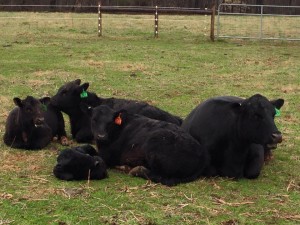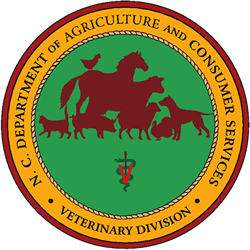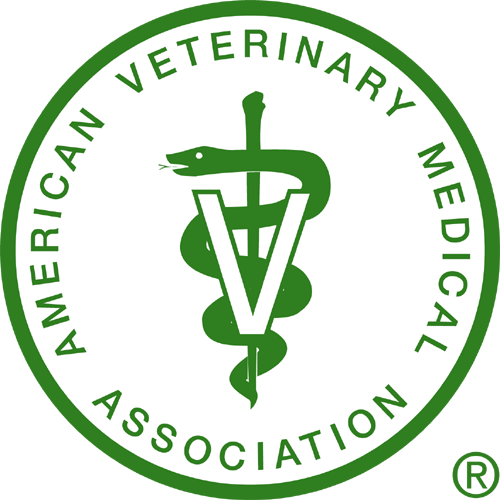There are many different opinions when it comes to the perfect way of raising the most profitable and healthy animal. Farmers deal with a wide range of obstacles that stand in the way of this being accomplished. These include such things as animal health, rising feed and fuel costs, and overall farm management expenses. Any way to cut down on the unnecessary expenses will provide for a more profitable operation.
One of the most important and basic factors of any beef cattle operation is calf health and management. Managing the perfect calving system is impossible, but making the best decisions for your farm and your individual circumstances will greatly increase the likelihood of producing a live and healthy animal.
The University of Nebraska has been researching a new basic concept of calf rearing. There are two mains goals in this system 1) segregating calves by age so older calves don’t pass germs to younger calves 2) regularly moving pregnant cows to uncontaminated calving pastures. The concept behind this system is to have less sickness and death due to scours and less use of medication.
The idea behind this calving system is meant to reduce the disease load of calves’ exposure to pathogens until their immune systems are better able to withstand the threat of disease. This system is very helpful in herds with a large incidence of scours caused mainly by pathogens such as E. coli, Salmonella, rotavirus, cryptosporidium, etc. Even healthy calves are susceptible to these pathogens if the pathogen load is high enough, or exposure long enough, to overcome the passive immunity provided by the calf’s mother.
The basic idea of how this Sandhills Calving System works:
1) Cows are turned into the first calving pasture as soon as the first calves are born, and calving continues for 2 weeks
2) After 10-14 days, the cows that haven’t calved are moved to pasture 2, with the cow-calf pairs remaining in Pasture 1
3) After 7 days of calving in Pasture 2, the cows that haven’t calved are moved to Pasture 3, and cow-calf pairs born in Pasture 2 remain in Pasture 2.
4) With every subsequent week, cows that haven’t calved are moved to a new pasture, and pairs remain in the pasture of birth.
This system allows for calves in multiple pastures but with calves within one week of age of each other. After the youngest calf is four weeks of age, the calves’ immune system should be able to handle the pathogens and the animals can be comingled. The age segregation of the calves is the most important factor. The number of acres and stocking density should still allow for this same basic idea.
However, the Sandhills Calving System does not come without its challenges. Water access and feed delivery are a few of the major concerns. Cross fencing and easy access pathways to delivering food are some points to make sure are addressed. Like mentioned earlier, if the method used for calving has a small incidence of scours and calf death, changing to a new method may not be the best option. Your veterinarian can help you determine how best to adapt the Sandhills Calving System to your facility.
The Sandhills Calving System is ideal for herds with a particular calving season within a few months’ time in order to have a large number of calves in the same age range within 1-2 weeks of each other. No matter if you believe this exact system will work on your operation, the idea behind it is to reduce contact of older and younger calves to reduce the incidence of scours. This calving system is just another idea that takes the concept of infectious disease dynamics to reduce sickness and death due to calf diarrhea.
By: Allison Vignes (LSU Vet Student) January 2014




